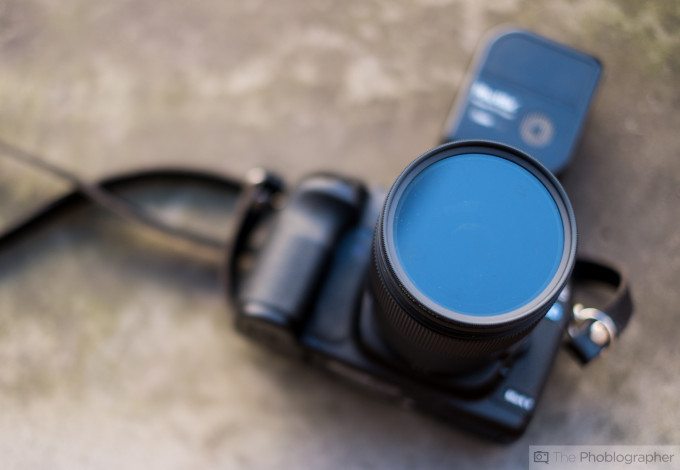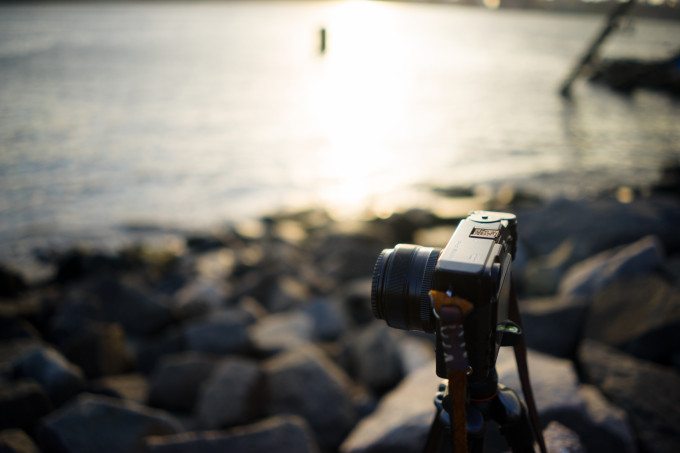Last Updated on 11/23/2015 by Chris Gampat
So what’s the point of a Polarizing filter? There are quite a bit of advantages and one of them is better colors right out of the camera. To that end, they also help with desaturated scenes caused by glare and reflections.
B&H Photo completed a six minute video all about polarizers; and they go into the use of both circular and linear polarizers. They state that when using Polarizing filters, the sun should be around 90 degrees to the side when shooting images.
Years ago, Polarizing filters were significantly more important than they are today. Part of this has to do with how film worked, the coatings on lens optics, and the dynamic range and color depth of camera sensors. Over the years, lenses have become better and handle glare issues much better than they did years ago. But this has only really started to take off after 2012 and some may even argue that it started around 2008 with the release of cameras like the Canon 5D Mk II, Sony A900 and the Nikon D700. All of them were extremely capable DSLRs that had their own strengths and features that made them great.
These days, lots of photographers who use Adobe Lightroom just go for the Dehaze tool if they don’t use a Polarizing filter. For that one point alone, some may argue that they’re not so useful–but on the other hand if the photographer doesn’t know how to use Lightroom to its fullest potential then a Polarizer is still a very viable option.
Polarizing filters are still important when it comes to eliminating reflections, but again knowledge of how to use the Adobe Lightroom Dehaze slider and manipulating the color channels can eliminate the need for a filter in most circumstances.
While modern cameras, software and lenses can handle glare well, you can get better performance by using a Polarizing filter if you feel that you need to use one.



